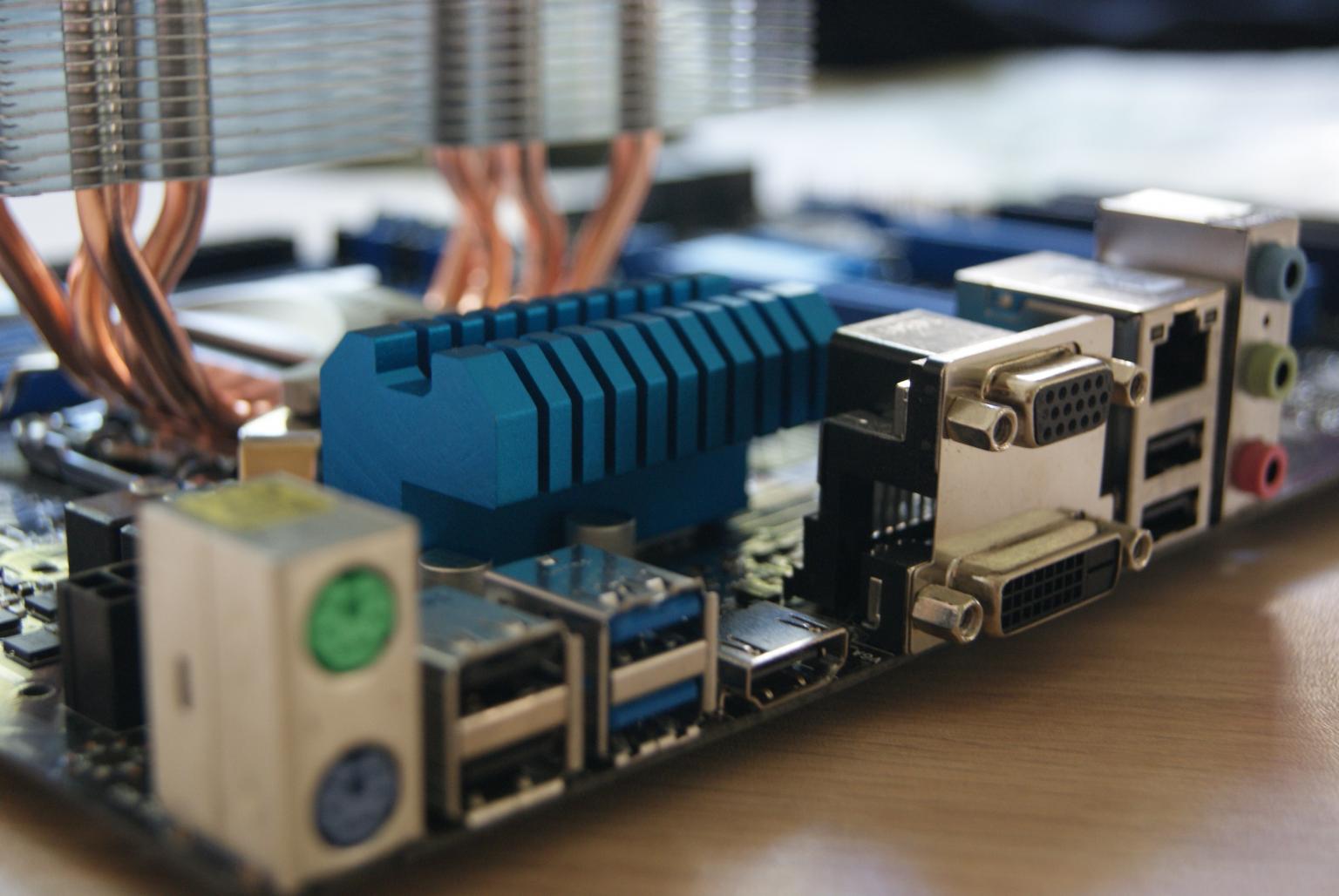
Each year, over 50 million tons of e-waste is produced, of which only about 12.5% is recycled. E-waste is any discarded electronic component, including laptops, batteries, cellphones, solar panels and more. When e-waste is recycled, toxic materials and heavy metals such as lead, cadmium, beryllium, and mercury are kept out of landfills and water supplies, and essential metals, plastics, and other substances can be recovered for use in future products. This is especially important in the case of products such as solar panels, which have rare elements like gallium and indium, which are being depleted from natural sources at a rapid rate. But all e-waste includes some usable and valuable materials, including copper, tin, iron, aluminium, gold, silver, and titanium.
Recycling electronics devices can be a challenge because of the materials that they include. Certain companies and retailers, however, can get the job done safely and thoroughly, and many nonprofit organisations accept e-waste items as donations.
Companies certified by the Basel Action Network, for example, are specially trained and qualified to recycle e-waste. In the US many of these are listed by local governments and organisations, listed by the EPA, or advertise in local newspapers or websites. Many tech firms also have dedicated buyback programs for unwanted electronics or provide trade-in credits on the purchase of new electronics.
The process by which e-waste is recycled is complex, but it can be summarised into four main stages:
- Collection: Recyclers gather the e-waste materials from collection bins, booths, or other sites in advertised locations such as retailers, charities, transfer stations, municipal facilities and so forth. The recycling company then transports the e-waste to specialised recycling plants equipped to handle the metals, glass, plastics, electronic components, and toxic chemicals found in the materials.
- Separation: At the recycling facility, the e-waste materials must be separated into clean commodities that can be re-used in new products and expended commodities that must be discarded appropriately. The precise separation of these two categories of materials is essential to the e-waste recycling process. In order to facilitate the separation, the materials are shredded into pieces under four inches.
- Sorting: As the waste stream is fed along a conveyor belt, a sequence of powerful magnets sorts out the iron and steel for metallic recycling. Additional sorting systems then remove the aluminium, copper, circuitry and other metal components. Finally, a water-based separation stage sorts the glass and silicon into separate streams and a further purification mechanism cleans out any remaining metal fragments from the plastic.
- Reclamation: The sorted materials are cleaned, refurbished, and assembled into larger batches of like materials. These batches can then be sold to companies for use as raw commodities in the manufacture of new electronics products.
Rather than waste valuable resources and introduce dangerous chemicals into the environment by discarding unwanted, broken or obsolete electronics, users who opt to recycle those items both help make new products possible and they help the planet remain clean, sustainable and habitable.
Here’s a handy graphic to illustrate.






